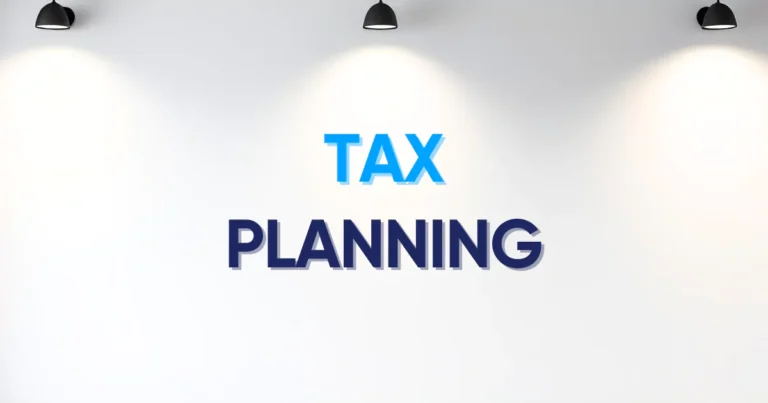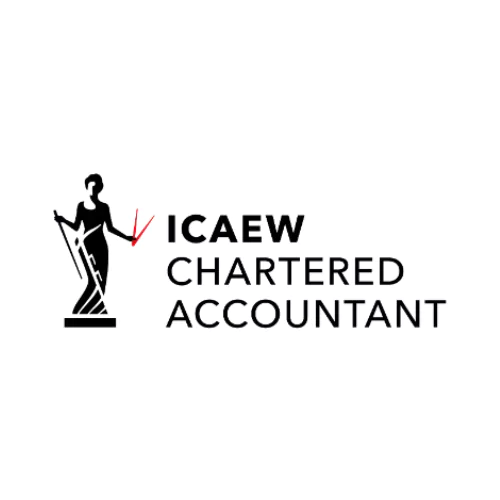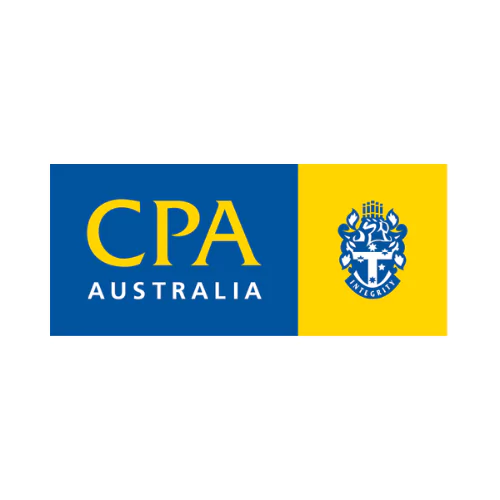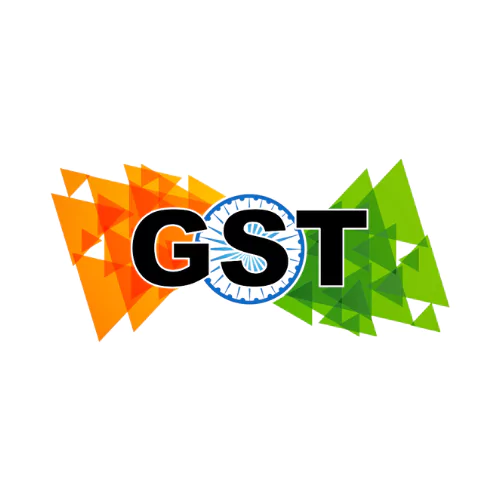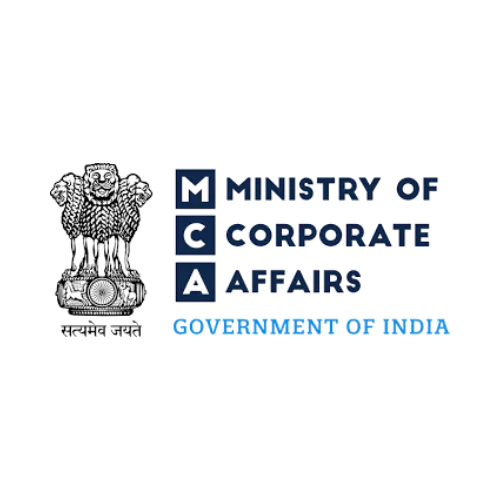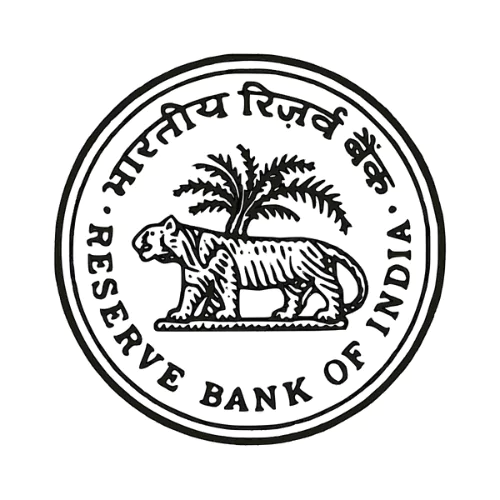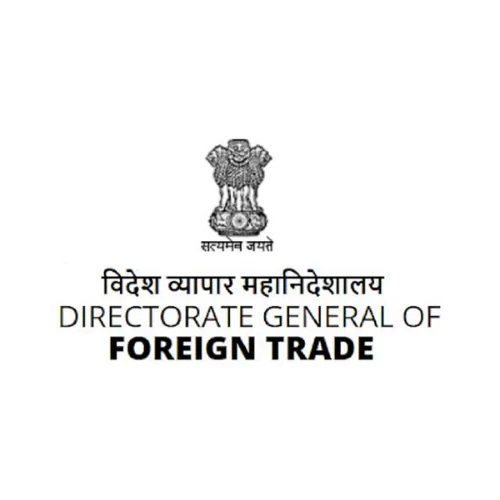Personal Income Tax slab & Rates under New Regime
- The new tax regime has been restructured to provide relief to taxpayers.
- Notably, income up to 12 lakh is now exempt from taxation.
- For salaried individuals, considering the increased standard deduction of 75,000, income up to 12.75 lakh will be tax free.
| Income tax range | Slab rates |
| Up to 4,00,000 | Nil |
| 4,00,000 to 8,00,000 | 5% |
| 8,00,000 to 12,00,000 | 10% |
| 12,00,000 to 16,00,000 | 15% |
| 16,00,000 to 20,00,000 | 20% |
| 20,00,000 to 24,00,000 | 25% |
| Above 24,00,000 | 30% |
Computation of Tax Benefits after proposed slab rates for individual
| Previous Income tax slabs as per AY 2026-2027 | Previous tax rates | Revised Income tax slabs as per AY 2027-2028 | Revised Tax rates | Benefit proposed slab |
| Up to 3 lakh | Nil | Up to 4 lakhs | Nil | 5,000 |
| 3 lakhs to 7 lakhs | 5% | 4 lakhs to 8 lakhs | 5% | 15,000 |
| 7 lakhs to 10 lakhs | 10% | 8 lakhs to 12 lakhs | 10% | 30,000 |
| 10 lakhs to 12 lakhs | 15% | 12 lakhs to 16 lakhs | 15% | 60,000 |
| 12 lakhs to 15 lakhs | 20% | 16 lakhs to 20 lakh | 20% | 1,00,000 |
| Above 15 lakhs | 30% | 20 lakhs to 24 lakh | 25% | 1,20,000 |
| Above 24 lakhs | 30% |
Proposed Increased Tax Rebate (Sec 87A)
- Rebate Limit Increased: Under the New Tax Regime, the income tax rebate limit has risen from 7 lakh to 12 lakh.
- Section 87A Rebate: Enhanced from 25,000 to 60,000, resulting in zero tax liability for income up to 12 lakh.
- Salaried Individuals: NIL tax up to 12.75 lakh, including 75,000 standard deduction.
- Exclusions: Rebate not applicable to income taxed at special rates (e.g., Short Term/Long Term Capital Gains under Sections 111A, 112A, etc.).
- Applicable To: Only Resident Individuals.
Proposed Simplified exemption for Second homes
- Nil Valuation: Taxpayers can now claim nil valuation for two self occupied properties.
- Simplified Process: Removal of previous conditions makes it easier for homeowners to avail exemptions.
- Encourages Investment: Reduces tax burden, promoting investment in second homes.
- Effective date: This amendment will take effect from 1st day of April 2025 (AY 2026 2027).
- Example: A homeowner living in Mumbai, who earlier had to pay tax on a deemed rental income per annum for a second home in Delhi, will now be exempt from this obligation, saving thousands in taxes and simplifying tax filing.
Impact on Salaries Individuals

- Higher take home pay:
The New Tax regime offers the potential for higher take home pay.
- No Tax Planning required
The absence of complex tax saving measures simplifies tax planning for salaried employees, eliminating the need for investing in specific financial products or claiming exemptions.
- Retirement and social security benefit:
Higher tax-free income and increased benefits in EPF, gratuity and NPS improve retirement planning and long-term financial stability for salaried employees.
Impact on Self-employed and Businesses
- Higher Profits: Reduced tax rates can lead to higher profits for business.
- Investment incentives: The budget promotes investments in infrastructure and technology with tax benefits.
- Compliance Simplification: Simplified tax regime aims to reduce compliance burden for businesses.
Capital Gain Revisions
- Taxation of High Premium ULIPs: Unit Linked Insurance Plans (ULIPs) with annual premiums exceeding 2.5 lakh, which are not exempt under Section 10(10D), will now be considered capital assets. Gains from these ULIPs will be taxed as capital gains, with long term gains (held for more than 12 months) taxed at 12.5%.
- Effective date: This amendment is effective from 1st day of April 2026 (AY 2027 2028).
TDS Threshold Rationalization
| Section | Current Threshold | Proposed Threshold |
| 193- Interest on Securities | Nil | 10,000/-per year |
| 194- Dividends from Shares 194K- Mutual funds dividends | 50,000/-per year | 10,000/-per year |
| 194A-Interest other than interest on securities | 50,000/-for senior citizen, 40,000/-for others where payer is banks, 5,000/- where payer is other than banks | 1,00,000/-for senior citizen, 50,000/-for others where payer is banks 10,000/- where payer is other than banks |
| 194B/194BB-Winning Income | 10,000/-per year | 10,000/-per transaction |
| 194D-Insurance commission | 15,000/-per year | 20,000/-per year |
| 194H-Commission 194G-Lottery Commission | 15,000/-per year | 20,000/-per year |
| 194I-Rent | 2,40,000/-per year | 50,000/-per month |
| 194J-Professional fees | 30,000/-per year | 50,000/-per year |
| 194LA-Enhanced Compensation | 2,50,000/- | 5,00,000/- |
Reduction in TDS/TCS rates
Section 194LBC:
- TDS rates has been proposed to be reduced from 25% to 10% on distribution of income by securitization trust (for all person).
- This amendment will take effect from the 1st day of April 2025 (AY 2026 2027).
Section 206C:
- TCS rates are proposed be changed from 2.5% to 2% on following:
| S.no | Nature of goods | Rate |
| 1 | Timber or any other forest produce (not being tendu leaves) obtained under a forest lease | 2% |
| 2 | Timber obtained by any mode other than under a forest lease | 2% |
Reduction in compliance burden by omission of TCS on sale of specific goods
- Section 206C(1H): Seller to collect tax at 0.1% on sale consideration exceeding Rs 50 lakhs in a year, subject to conditions.
- Section 194Q: Buyer to deduct tax at 0.1% on payments exceeding Rs 50 lakhs to a resident seller.
- TCS vs TDS: Section 206C(1H) mandates TCS by the seller, while Section 194Q mandates TDS by the buyer for the same transaction.
- Non-Applicability: Section 206C(1H) is not applicable.
- Effective date: This amendment will come into effect on 1st day of April 2025 (AY 2026 2027).
Updated Return Filing (Section 139(8A))
- Allow taxpayers to file their returns and rectify errors, if any, for up to four years. The limit for filing updated returns has been extended from 24 months to 48 months from the end of the relevant assessment year.
| Time Period for Filing Updated Return | Additional Income Tax Payable |
| Up to 12 months from the end of the relevant assessment year | 25% of the aggregate of tax and interest payable |
| After 12 months and up to 24 months from the end of the relevant assessment year | 50% of the aggregate of tax and interest payable |
| After 24 months and up to 36 months from the end of the relevant assessment year | 60% of the aggregate of tax and interest payable |
| After 36 months and up to 48 months from the end of the relevant assessment year | 70% of the aggregate of tax and interest payable |
This Amendment will come to force from 1st day of April 2025 (AY 2026-2027).
Tax exemption on National Savings Scheme
- Amendment to Section 80CCA: The amended Section 80CCA allows withdrawals from the National Savings Scheme (NSS) as tax free from August 29, 2024.
- Previous Rule: Earlier, tax exemption was granted only if the withdrawal was due to the account holder’s death.
- Interest Cessation: The government previously announced that no interest will be payable on NSS balances after October 1, 2024.
NPS Vatsalya Benefit
- Extended Tax Benefit: NPS Vatsalya will now qualify for tax exemption, similar to regular NPS.
- Additional Deduction: An extra deduction of up to 50,000/- under Section 80CCD(1B) will be available under the old tax regime.
- Eligibility: If implemented, taxpayers contributing to NPS Vatsalya (likely for children, dependents, or specific beneficiaries) can claim this deduction.
- Effective date: This amendment will take effect from 1st day of April 2026 (AY 2027-28).
Rationalization of Transfer Pricing Provisions for Multi Year Arm’s Length Price Determination (Blocked ALP)
- To streamline transfer pricing assessments and reduce compliance burdens, the Blocked Arm’s Length Price (ALP) mechanism has been introduced. This allows the ALP determined for a particular year to be automatically applied to similar transactions for the next two consecutive years.
Key Highlights:
1. Multi-Year ALP Application-ALP determined for a previous year will apply to identical transactions in the next two years, ensuring consistency.
2. Reduced Compliance Burden-Eliminates the need for repetitive ALP assessments for similar transactions each year.
3. Option for Assesses- Taxpayers must opt-in within the prescribed form, manner and timeline to avail this benefit.
4. TPO Validation- The Transfer Pricing Officer (TPO) will validate the option within one month of exercise.
5. Effective from AY 2026-27: Applicable for international and specified domestic transactions from Assessment Year 2026-27 onwards.
Key highlights
- The threshold to TCS on remittance under RBI’s LRS (Sec: 206C(1G)) proposed to be increased from 7 lakh to 10 lakh.
- TCS on remittances to education purposes proposed to be removed, where such remittance is out of loan taken from a specified financial institution.
- Proposed to omit Sections 206AB & 206CCA to reduce compliance burden and ease the verification process for deductors /collectors. Higher TDS will now apply only when taxpayers fail to provide PAN instead of past return filing status.






